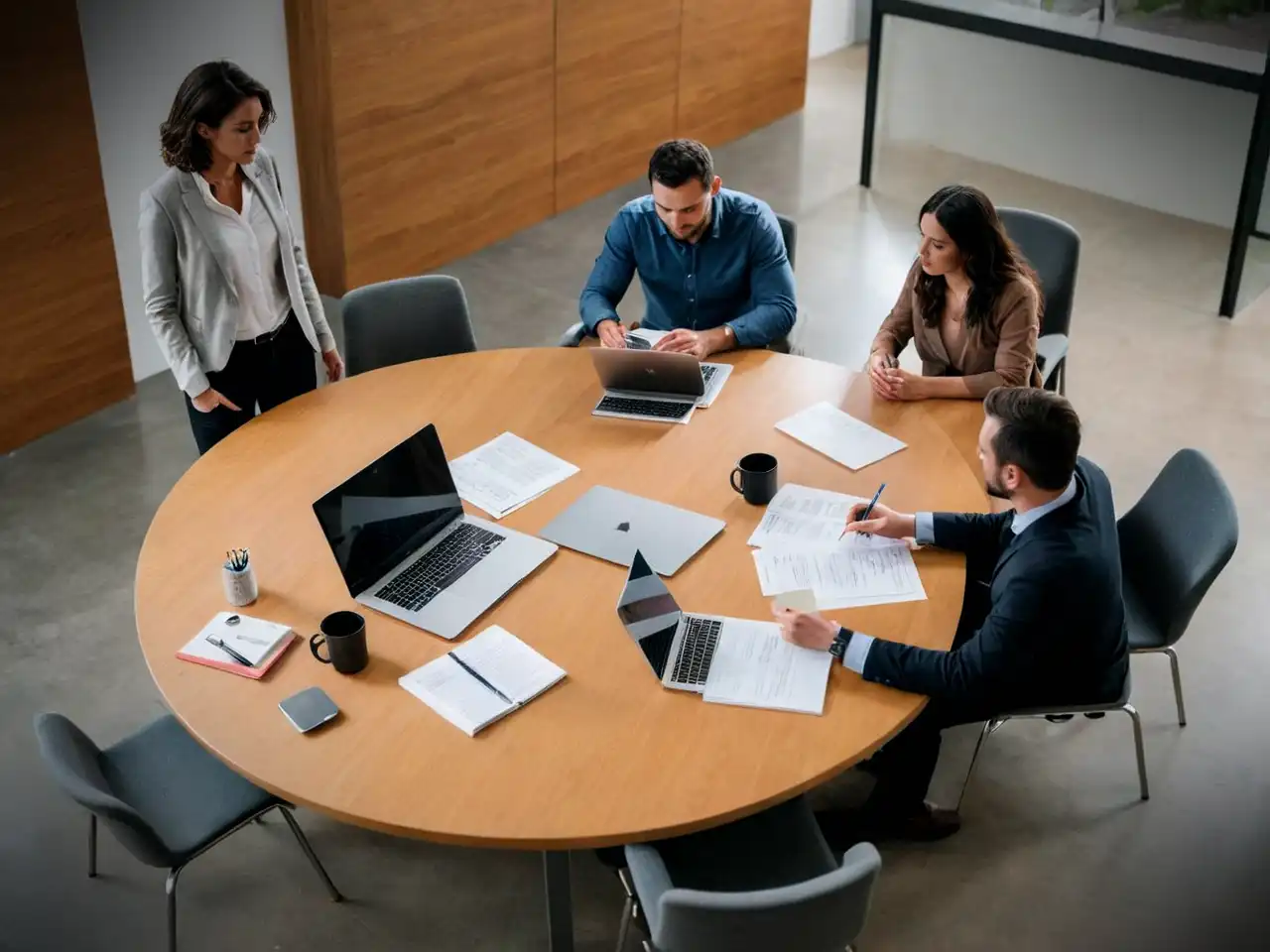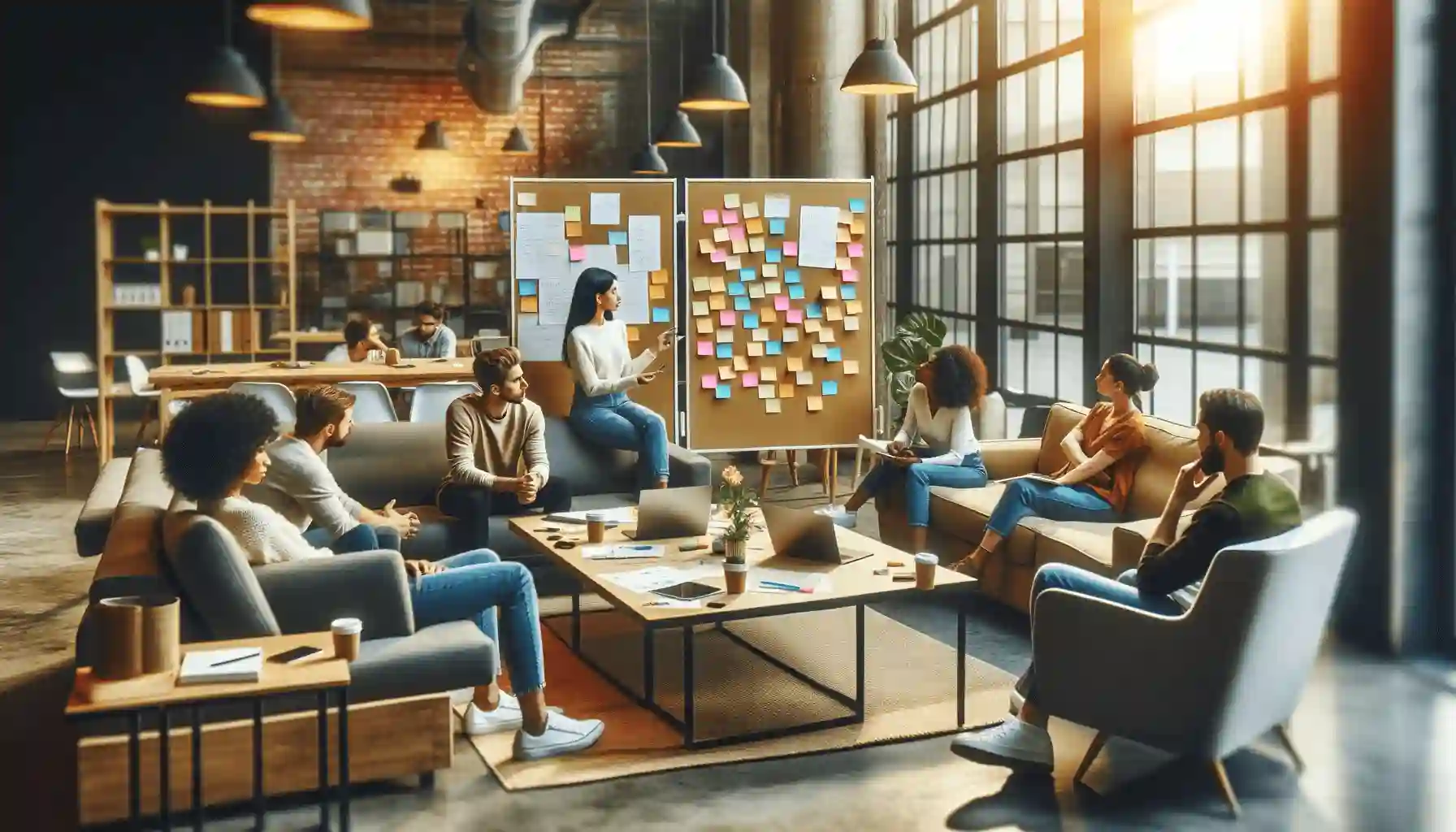Cadence Meeting
This guide will walk you through the essential elements of use cadence meeting to keep your attendees aligned and engaged.
Try Lark for Free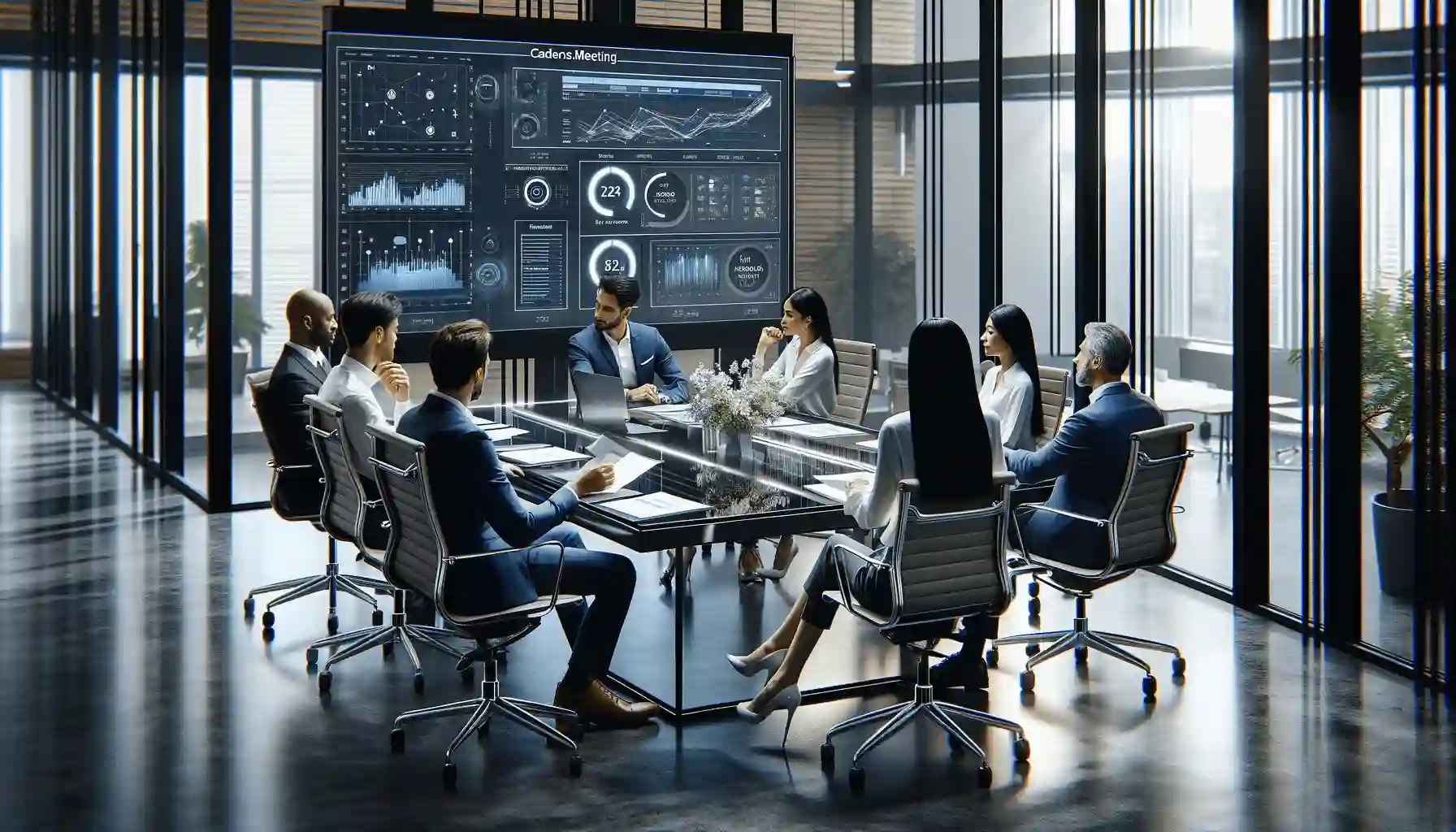
Cadence meetings are a powerful tool for organizations to establish a rhythm of communication, alignment, and accountability. These regular gatherings, often held weekly, bi-weekly, or monthly, provide a structured forum for teams to synchronize efforts, track progress, and drive results. In this comprehensive guide, we'll explore the significance of cadence meetings and how to make them a valuable asset for your organization.
Use Lark Meetings to turn meetings into true collaborative experiences.
What is a cadence meeting?
Understanding Cadence Meetings
A cadence meeting is a scheduled, recurring gathering of a team or department within an organization. These meetings serve as a consistent and predictable touchpoint for team members to discuss goals, review key performance metrics, and address challenges. Cadence meetings aim to foster alignment, collaboration, and accountability.
Goals of a cadence meeting
Driving Alignment and Accountability
The primary goals of a cadence meeting include:
- Alignment: Ensuring that team members are on the same page regarding goals and priorities.
- Accountability: Holding team members responsible for achieving objectives and addressing impediments.
Who should attend a cadence meeting?
Key Participants
For a successful cadence meeting, consider involving:
- Team Members: Those directly responsible for achieving the team's objectives.
- Team Leads or Managers: To facilitate discussions and ensure alignment.
- Stakeholders (As Needed): Depending on the agenda, stakeholders with a vested interest in certain topics may be invited.
Learn more about Lark x Meetings
Topics, agenda, and structure of a cadence meeting
Structuring the Meeting
A well-structured cadence meeting typically includes the following key components:
- Welcome and Opening Remarks: Setting the tone, objectives, and expectations.
- Review of Key Metrics: Discussing key performance indicators (KPIs) and metrics.
- Discussion of Priorities: Addressing current goals, projects, and challenges.
- Problem-Solving and Decision-Making: Identifying and resolving obstacles.
- Action Item Assignment: Assigning tasks, responsibilities, and deadlines.
- Progress Updates: Sharing progress on ongoing initiatives.
- Feedback and Open Discussion: Encouraging input and addressing concerns.
- Closing Remarks and Next Steps: Summarizing key takeaways and action items.
How to run a cadence meeting?
Step-by-Step Guide
Running a productive cadence meeting involves careful planning and execution. Follow these steps for an effective cadence meeting:
- Preparation: Develop a clear agenda, identify key metrics, and prepare relevant materials.
- Communication: Share the agenda and meeting details with participants in advance.
- Timeliness: Start and end the meeting on time to respect participants' schedules.
- Facilitation: Facilitate discussions to ensure all agenda items are covered effectively.
- Active Participation: Encourage active participation and contributions from all team members.
- Decision-Making: Make decisions collectively and assign action items with clear responsibilities.
- Documentation: Assign a note-taker to document meeting minutes, action items, and key takeaways.
- Follow-Up: Share meeting minutes promptly and track action item progress for accountability.
Learn more about Lark x Meetings
How often should you hold cadence meetings?
Meeting Frequency
The frequency of cadence meetings varies based on the organization's needs and the nature of the work. Common cadence meeting frequencies include:
- Weekly: Suitable for teams requiring frequent alignment and tracking.
- Bi-Weekly: Common for teams with moderate project cycles.
- Monthly: Ideal for teams with longer-term objectives and projects.
- Quarterly: Occasional meetings for larger-scale reviews and planning.
Key differences between cadence meetings and similar meetings
Understanding Distinctions
Cadence meetings have unique characteristics that distinguish them from other types of gatherings:
- Regular Frequency: These meetings occur at predefined intervals, establishing a rhythm of communication.
- Emphasis on Metrics: Cadence meetings often include a review of performance metrics and KPIs.
- Action-Oriented: The focus is on driving action, accountability, and problem-solving.
Learn more about Lark x Meetings
Common pitfalls of cadence meetings
Avoiding Mistakes
To ensure the success of cadence meetings, be cautious of these common pitfalls:
- Lack of Agenda: Meetings without a clear agenda can become unfocused and unproductive.
- Lack of Engagement: Failing to engage participants actively can lead to disinterest.
- Ineffective Follow-Up: Neglecting to follow up on action items and decisions can hinder progress.
Factors for a successful virtual cadence meeting
Navigating Virtual Communication
In an era of remote work, virtual cadence meetings have become necessary for many organizations. Consider these factors for hosting successful virtual cadence meetings:
- Technology: Utilize reliable video conferencing and collaboration tools to facilitate online meetings.
- Engagement Tools: Incorporate interactive elements to keep remote participants engaged.
- Documentation: Share digital meeting materials and minutes promptly.
Learn more about Lark x Meetings
Typical takeaways from a cadence meeting
Measuring Success
Successful cadence meetings result in tangible takeaways:
- Alignment: Team members leave with a shared understanding of goals and priorities.
- Accountability: Action items are assigned
with clear responsibilities and deadlines.
- Progress Tracking: A clear view of progress on ongoing initiatives.
Questions to ask in a cadence meeting
Fostering Meaningful Discussions
To drive meaningful discussions during a cadence meeting, consider asking these questions:
- **Are we on track to achieve our goals and objectives?
- **What challenges or obstacles are hindering our progress?
- **What decisions need to be made collectively during this meeting?
- **What action items should be assigned, and who will be responsible for them?
- **Is there any feedback or input that team members would like to share?
Learn more about Lark x Meetings
Tools to enhance cadence meetings
Leveraging Collaborative Tools
Consider incorporating collaborative tools to enhance your cadence meetings:
- Scheduling Tools: Use scheduling apps to automate meeting invitations and reminders.
- Virtual Meeting Platforms: Host virtual cadence meetings, allowing remote team members to participate fully.
- Agenda and Collaboration Software: Utilize software for agenda creation, document sharing, and collaborative note-taking.
Examples
Real-world scenarios
Real-world scenarios
Let's explore three real-world scenarios of successful cadence meetings in various contexts:
Scenario 1: Sales Team Weekly Cadence Meeting
Brief Content: A sales team conducted a weekly cadence meeting to review sales targets, lead generation, and customer feedback. The meeting facilitated alignment, enabled rapid decision-making, and accelerated sales growth.
Detailed Content: The meeting began with a review of the previous week's sales performance, including revenue generated, leads generated, and customer feedback. The team discussed strategies for reaching monthly targets and identified potential obstacles. Action items were assigned to individual team members, specifying responsibilities and deadlines. The cadence meeting concluded with a sense of purpose and clarity for the upcoming week.
Scenario 2: Project Management Bi-weekly Cadence Meeting
Brief Content: A cross-functional project management team held a bi-weekly cadence meeting to track project progress, address issues, and align on priorities. The cadence meeting improved coordination and accelerated project timelines.
Detailed Content: The meeting opened with a review of the project's status, including milestones achieved and potential roadblocks. Team members provided updates on their respective tasks and areas of responsibility. Discussions centered on resource allocation, problem-solving, and risk mitigation strategies. Action items were assigned, and a shared project timeline was updated. The cadence meeting fostered cross-functional collaboration and ensured that the project remained on track.
Scenario 3: Marketing Department Monthly Cadence Meeting
Brief Content: A marketing department conducted a monthly cadence meeting to review campaign performance, marketing strategies, and budget allocation. The cadence meeting improved transparency and alignment within the team.
Detailed Content: The meeting commenced with a review of the previous month's marketing campaigns, analyzing the effectiveness of each campaign and ROI. The team discussed upcoming campaigns, marketing strategies, and budget allocation for the following month. Key decisions were made regarding campaign priorities and resource allocation. The cadence meeting concluded with a shared understanding of marketing objectives and a well-defined plan for the upcoming month.
Learn more about Lark x Meetings
Tips for do's and don'ts
Best Practices and Pitfalls to Avoid
Follow these do's and don'ts to ensure productive and effective cadence meetings:
| Do's | Don'ts |
|---|---|
| Develop a clear and focused agenda. | Don't allow the meeting to deviate from the agenda. |
| Encourage active participation and input. | Avoid monopolizing the discussion or sidelining team members. |
| Ensure decisions are made and action items are assigned. | Neglect to follow up on action items or provide updates. |
Faqs for cadence meetings
1. What is a cadence meeting?
- A cadence meeting, also known as a recurring meeting, is a regularly scheduled gathering within an organization that follows a predetermined rhythm, such as daily, weekly, or monthly, to discuss ongoing matters, set priorities, and maintain communication.
2. What is the primary purpose of a cadence meeting?
- The primary purpose of a cadence meeting is to ensure consistent communication, align team members, track progress, and make data-driven decisions based on recurring updates.
3. How do you determine the frequency and duration of cadence meetings?
- The frequency and duration of cadence meetings depend on the team's objectives and the nature of the topics being discussed. They can vary from daily stand-ups that last 15 minutes to weekly planning sessions that may take an hour or more.
4. Are there specific roles or responsibilities associated with cadence meetings?
- In cadence meetings, participants often have assigned roles, such as facilitator, timekeeper, or note-taker, to ensure that the meeting runs smoothly and effectively.
5. How can cadence meetings contribute to team productivity and alignment?
- Cadence meetings help teams stay informed, set priorities, and address challenges promptly, resulting in improved alignment and productivity. They create a rhythm for work and decision-making.
6. What are some common pitfalls to avoid in cadence meetings?
- Common pitfalls include going off-topic, not following the established agenda, and allowing the meeting to become routine without adding value. Effective facilitation and adherence to meeting guidelines are essential.
7. Can cadence meetings be conducted virtually for remote teams?
- Yes, cadence meetings can be conducted virtually, enabling remote team members to participate and ensuring consistent communication, regardless of physical location.
Learn more about Lark x Meetings
Conclusion
Cadence meetings are a cornerstone of effective teamwork and communication within organizations. By establishing a regular rhythm for discussions, updates, and decision-making, cadence meetings help teams stay on track, align their efforts, and drive productivity. Properly conducted and well-organized cadence meetings can contribute significantly to an organization's success.
Use Lark Meetings to turn meetings into true collaborative experiences.
A Game Changer for Cadence Meeting: Empower your team with Lark Meetings
In the fast-paced and dynamic world of modern business, effective communication and collaboration are crucial for success of Cadence Meeting. Here we introduce Lark Meetings to serve as a centralized hub for all communication needs.
Transform your meetings into collaborative endeavors
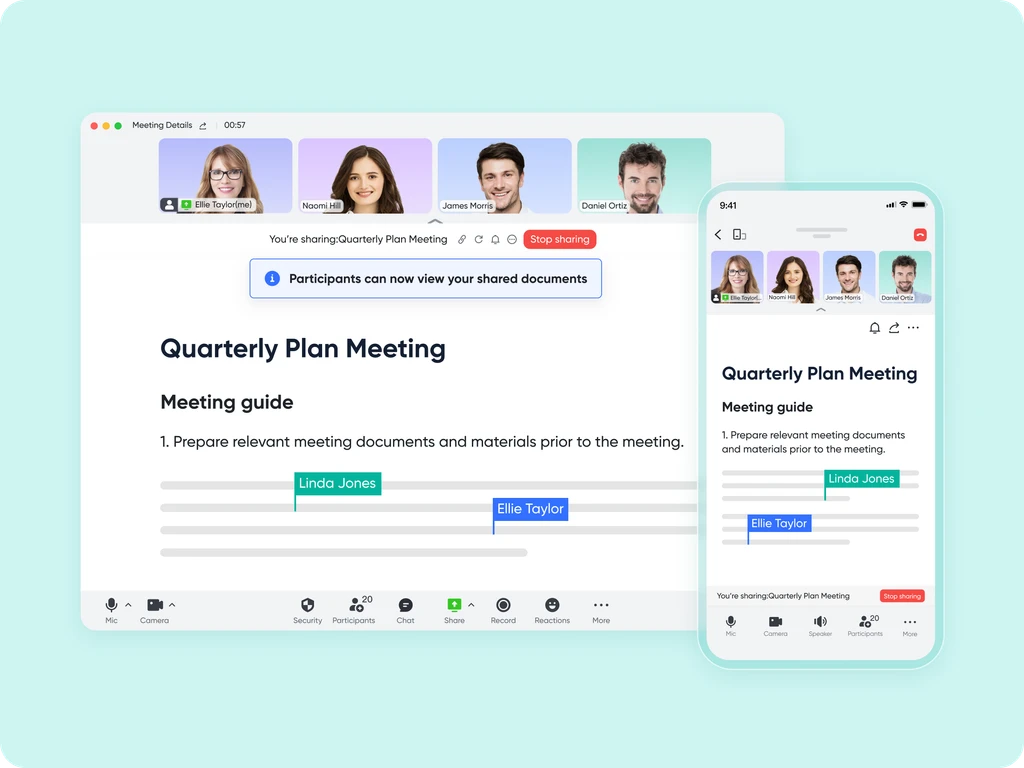
Leverage the potency of in-call document sharing, intelligent meeting minutes, and mobile-optimized features to enhance productivity collaboratively, irrespective of your location or schedule.
Seamlessly collaborate in real-time, across any device
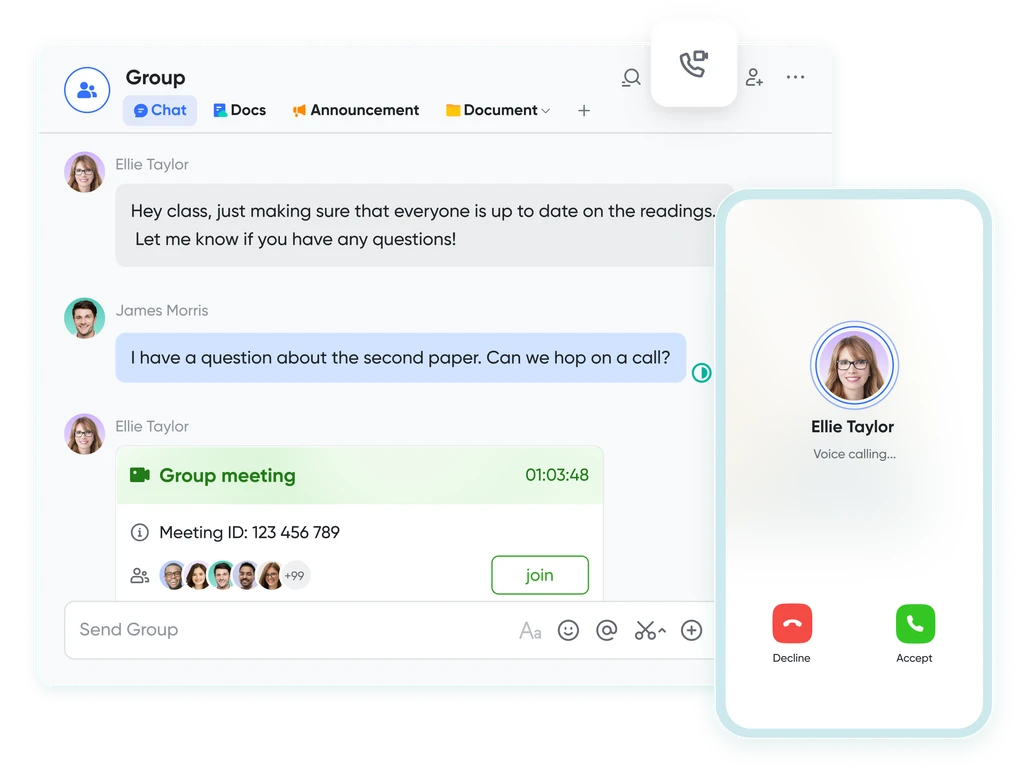
Share live documents instead of just screen views. Participants can navigate and edit simultaneously within the video call window, even while on the move.
Shift your focus to engagement, not note-taking
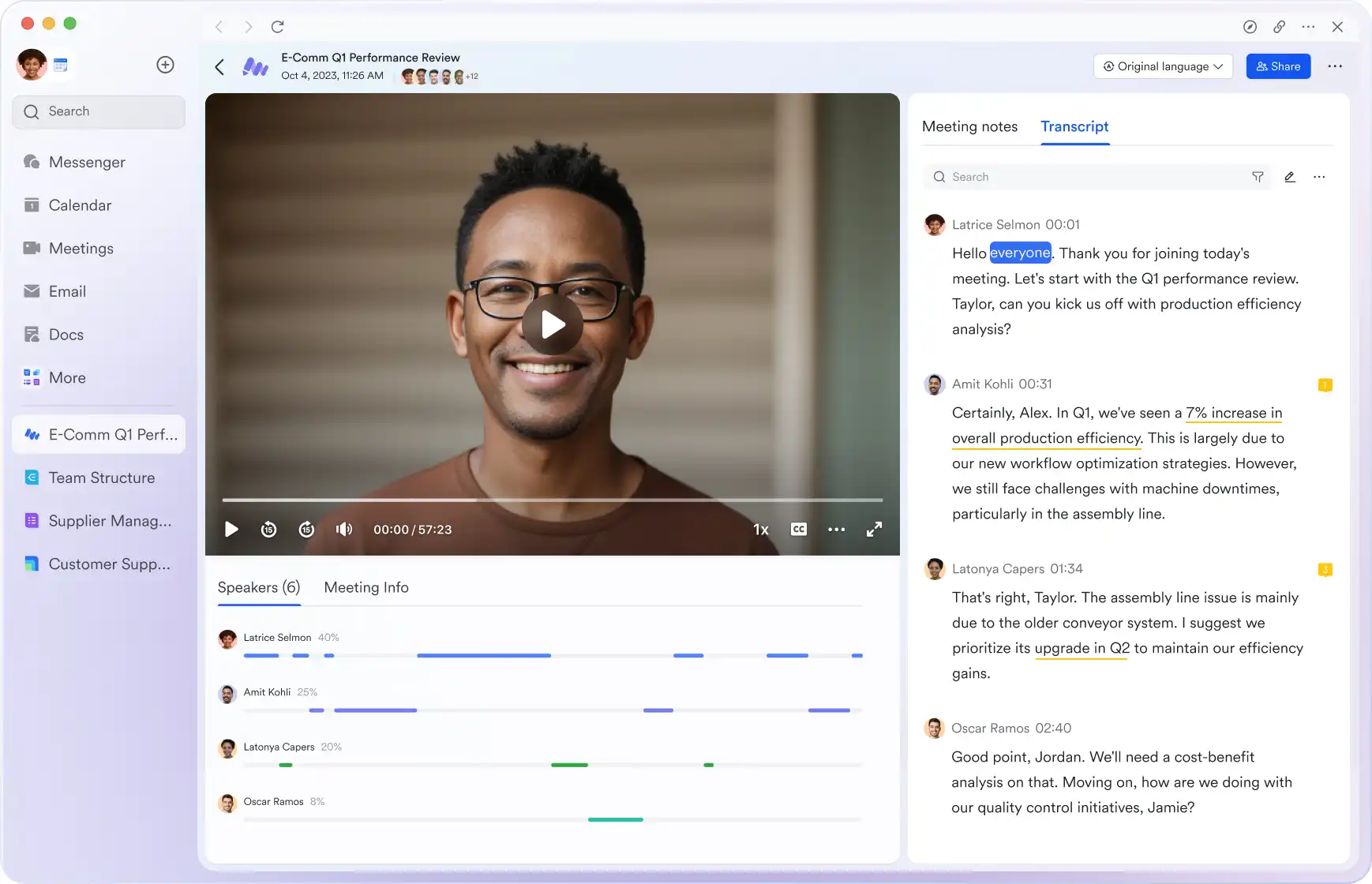
Lark Minutes automatically converts video meetings into transcripts, facilitating easy viewing, searching, and collaborative editing. Stay in the loop asynchronously, even if you can't attend the live meeting. Lark Minutes for meeting minutes support translation into 10+ different languages.
Break language barriers in communication
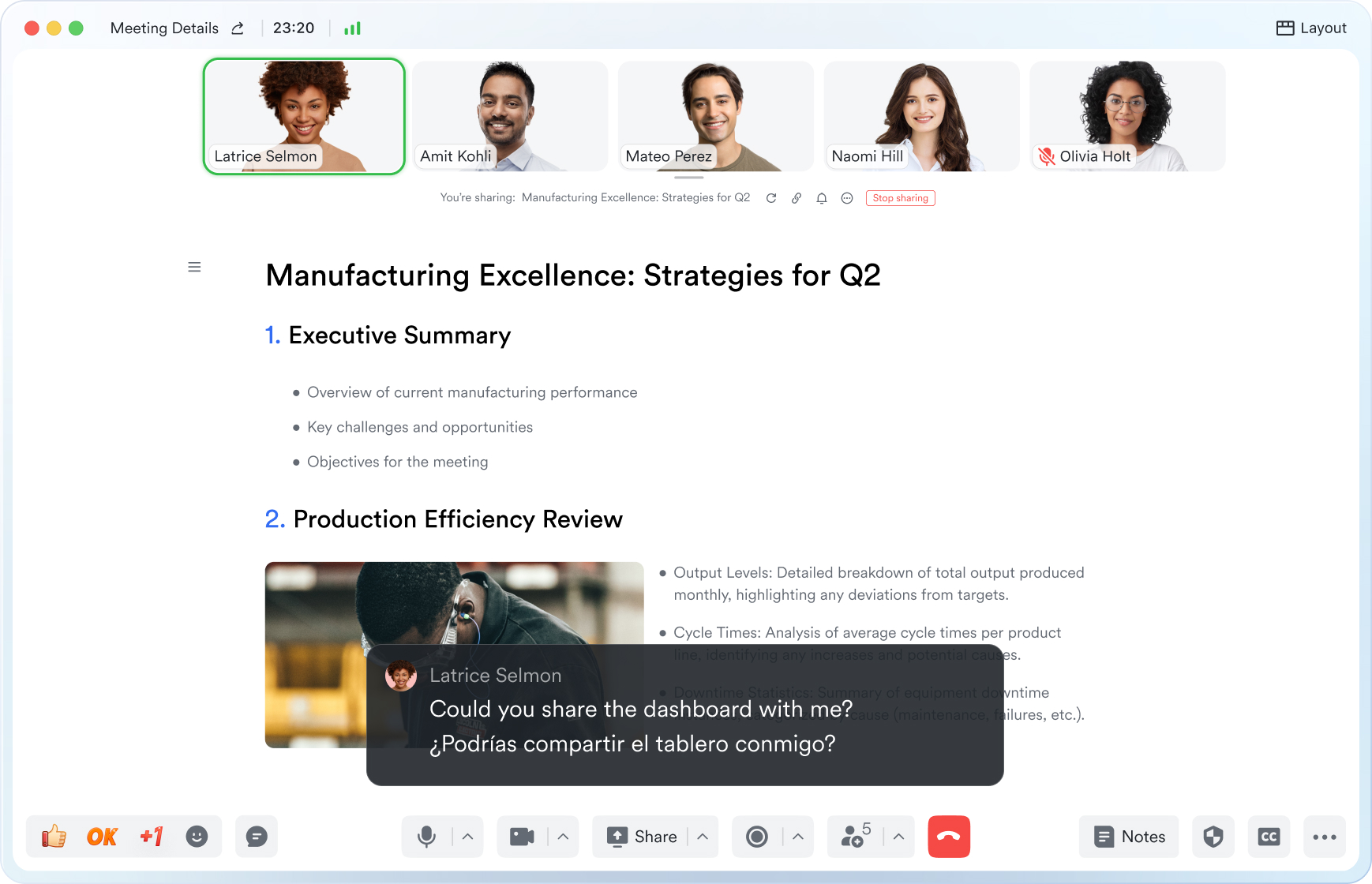
Lark Meetings provide real-time translation for subtitles, allowing individuals from diverse backgrounds to express themselves in their native languages. Ensure every voice is heard, regardless of geographical location. Live subtitles currently support translations from English, Chinese, and Japanese to 10+ different languages. See more translation feature in Lark.
Connect with larger audiences
Host dynamic online meetings and events accommodating up to 1,000 participants, with the flexibility of up to 50 breakout sessions for intimate group discussions within the larger meeting context. Try more Lark features for free.




